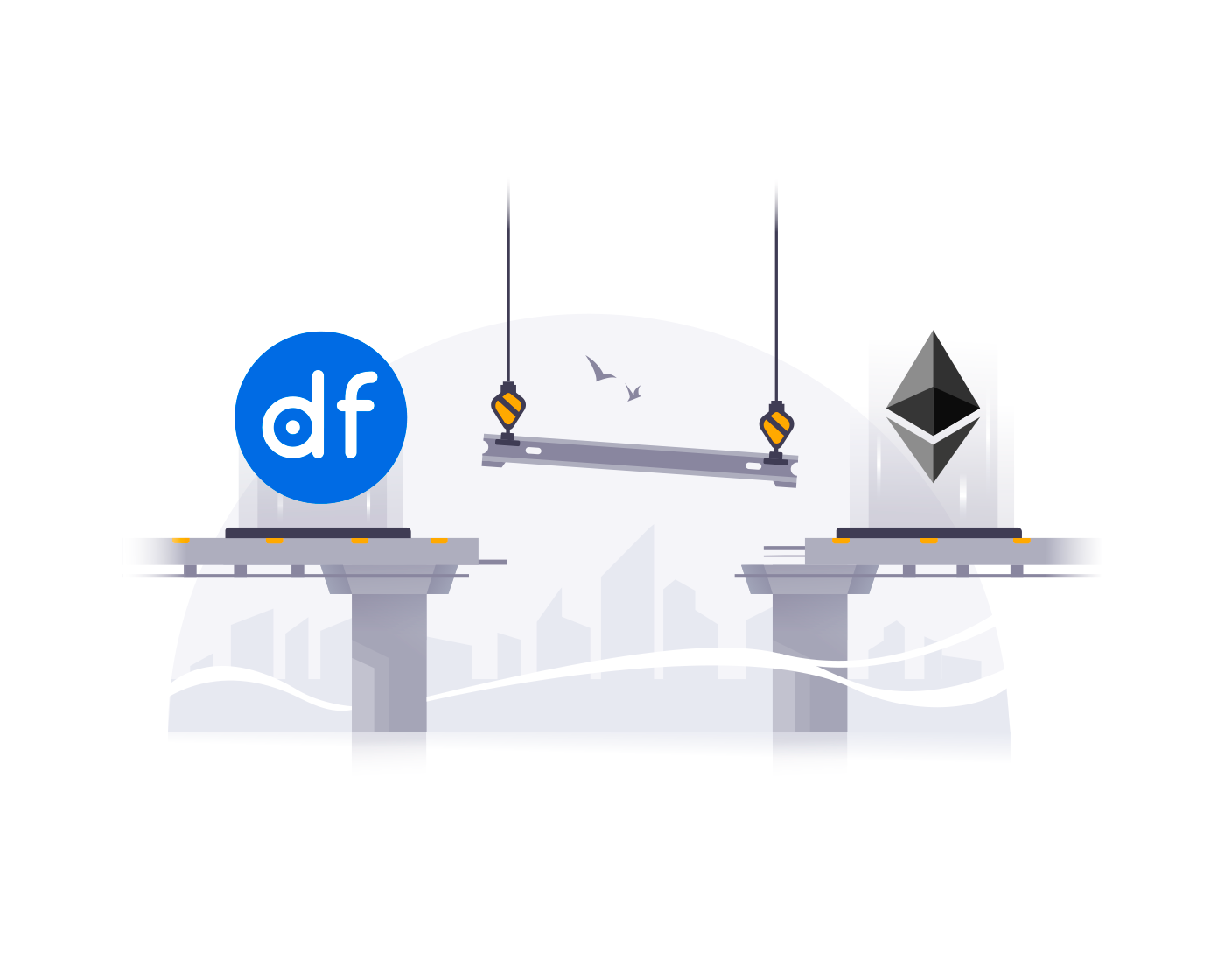
During the early design stages of dfinance, we gave significant thought to the important matter of liquidity for the instruments that will emerge as a result of the launch of dfinance. While we knew that our vision had to be implemented on our own 2nd layer, we also well understood that in order to have the necessary freedom of creativity, we had to recognize that Ethereum is de facto today’s standard of choice for real-world assets including stable coins, security tokens, bonds and so on. We were faced with the question: how do we enable these financial instruments to integrate with these assets, despite being on different technology stacks? While plans to address these challenges exist in the industry, they are still in their infancy, and we felt we need to take action and provide our own vision of a fully decentralized, secure, and high-performance bridge between Cosmos-based networks and Ethereum.
Into the Peg Zone
Our approach to the Cosmos - Ethereum interoperability is based on a Peg Zone design, a two-way bridge between the networks, that enables users to safely transfer assets from the Ethereum network to dfinance and vice versa. The design of the bridge is based on Proof of Authority (PoA), which means that authorized nodes are in charge of validating transactions between the networks and managing the locking mechanisms on both Cosmos and Ethereum sides. The validators will likely be required to pass Know Your Customer (KYC) and will be personally and professionally responsible for the funds they are securing, thus being deterred from harming the transactions or forming a rogue majority to withdraw the locked value.
What about the user experience?
For the users the process is fairly simple: a person interested in transferring ETH or other ERC20 tokens to dfinance, first sends the asset to a smart contract on Ethereum using the dfinance wallet UI (which will also as for a dfinance destination address), and in approximately 15 minutes (the average time on the Ropsten testnet) he will receive a representation of these assets to his dfinance address.
The reverse operation requires approximately the same steps, by just specifying the amount and address in the dfinance wallet. After 10-20 minutes, you will receive the assets to your Ethereum address.
Under the hood
Once the assets are sent to the Ethereum smart contract, they are locked there and an event is emitted by said contract. This event is caught by the relayer service (which is run by the validators) which signals validators to verify and approve or deny the data, thus starting a consensus event for issuing the representation of the asset on the dfinance network.
This mechanism allows for the Ethereum assets to remain safely locked in the Ethereum smart contract, while their representations operate on dfinance instruments and products.
Once it’s time to move the assets back to the Ethereum network, the same mechanism happens in reverse. The validators start a consensus process that destroys the previously issued assets on dfinance and unlocks the assets on Ethereum, sending them to the requested address.
Below is a diagram outlining the process:
Calling for community feedback!
The Peg Zone design, Ethereum specific implementation details, the smart contracts performing the lock and unlock and the accompanying instructions can be found here:
https://github.com/dfinance/eth-peg-zone
We welcome any constructive feedback from the community and are looking forward to sparkle the discussion about the Peg Zone approach and other possible directions for Cosmos - Ethereum or other blockchains interoperability.



